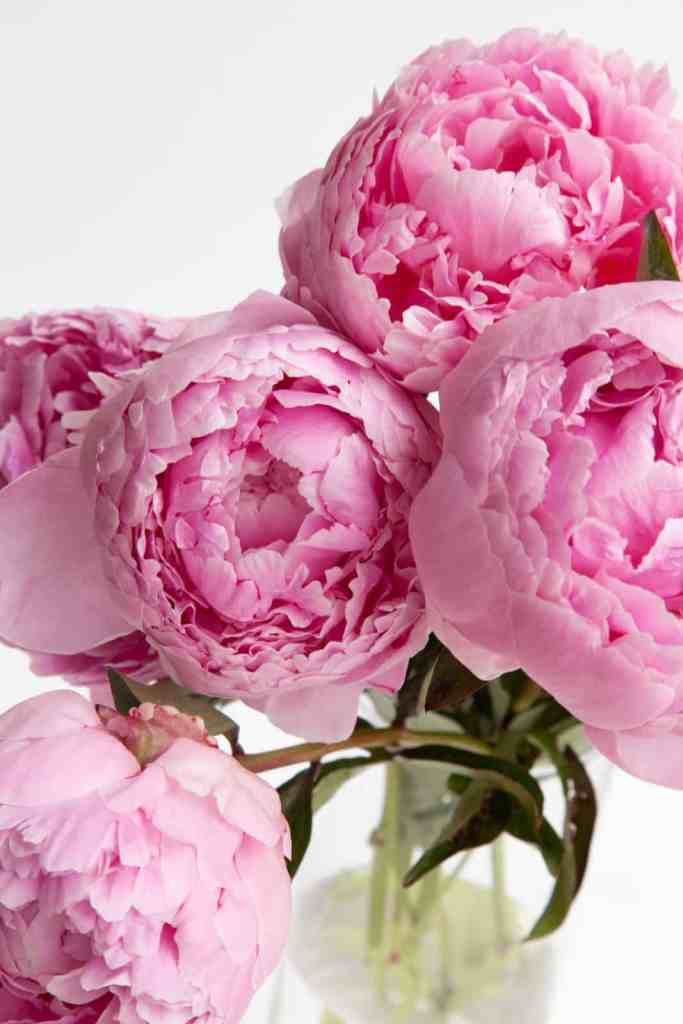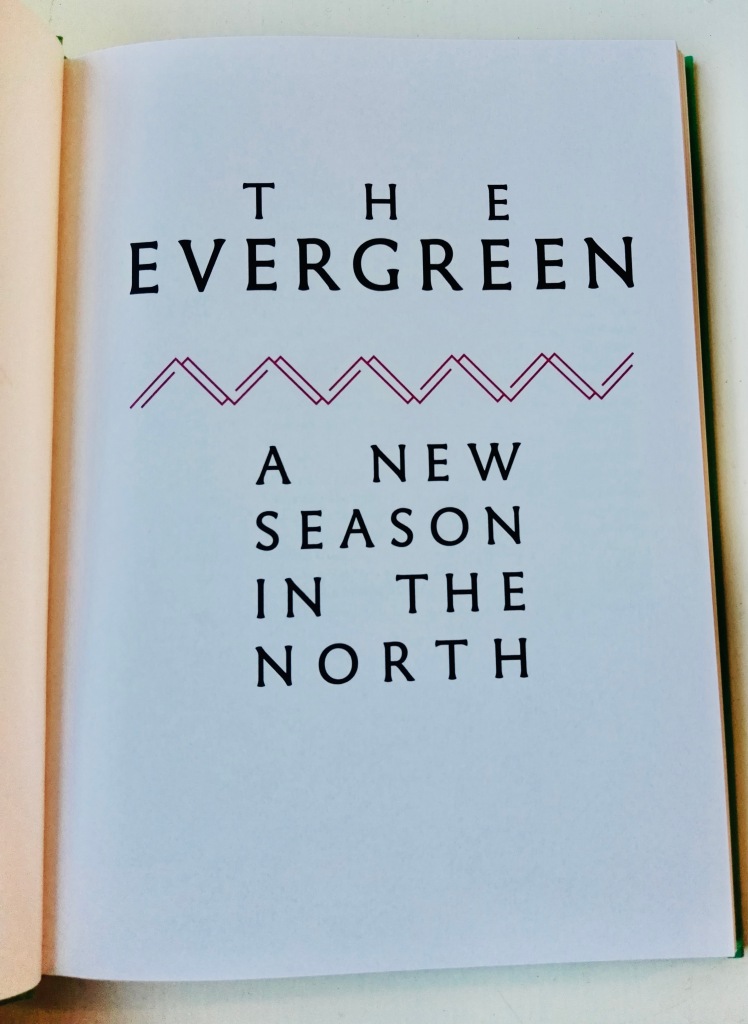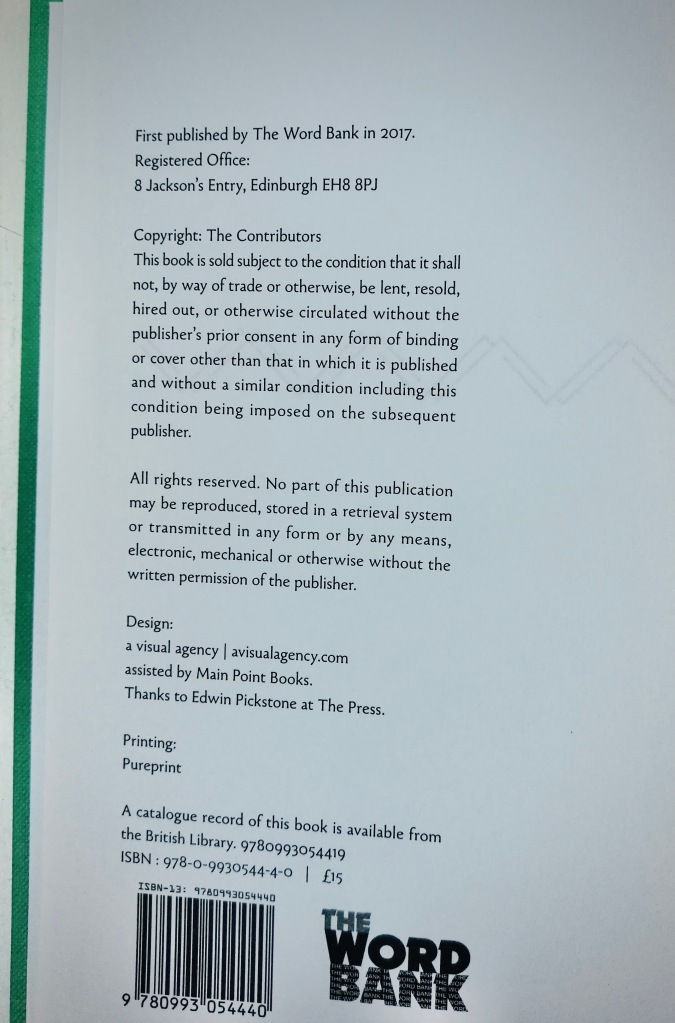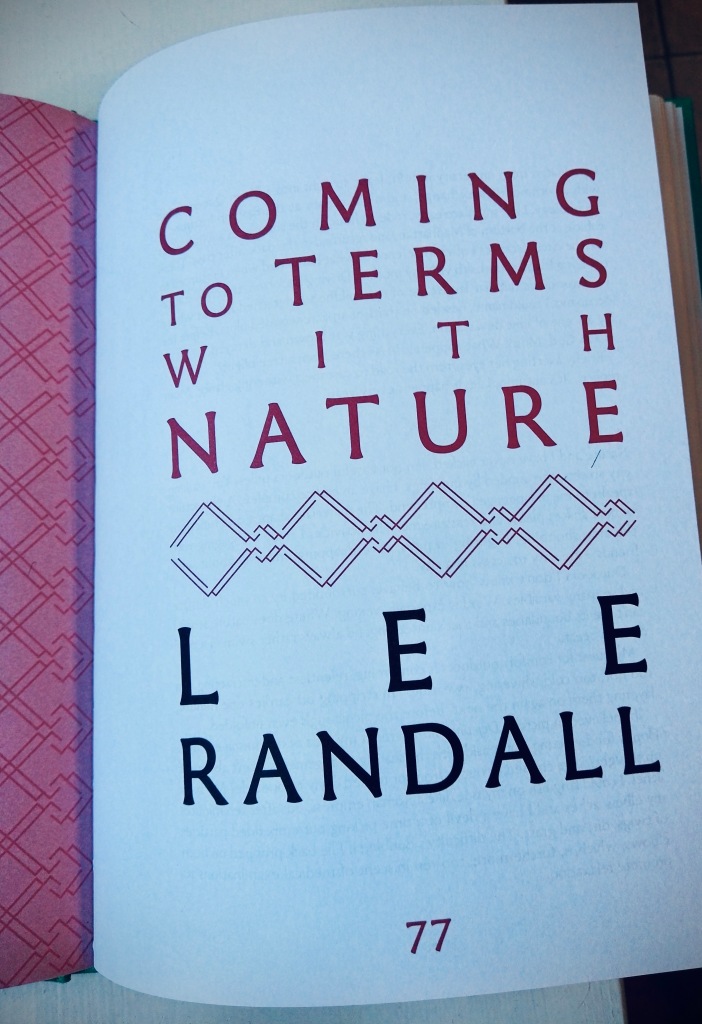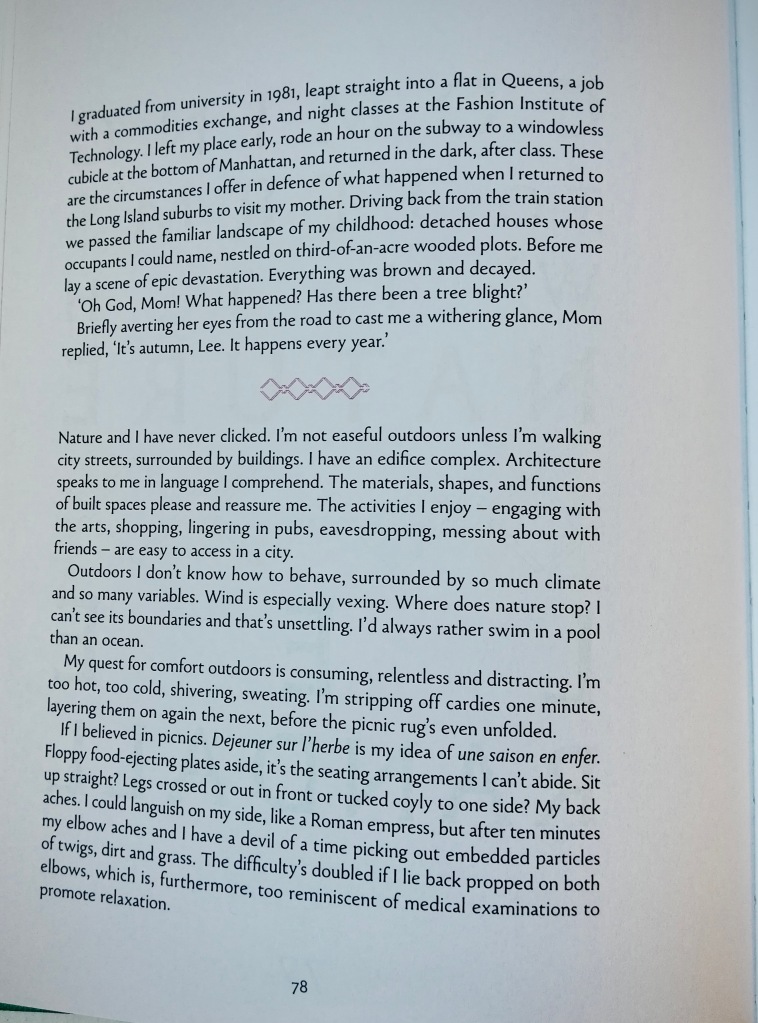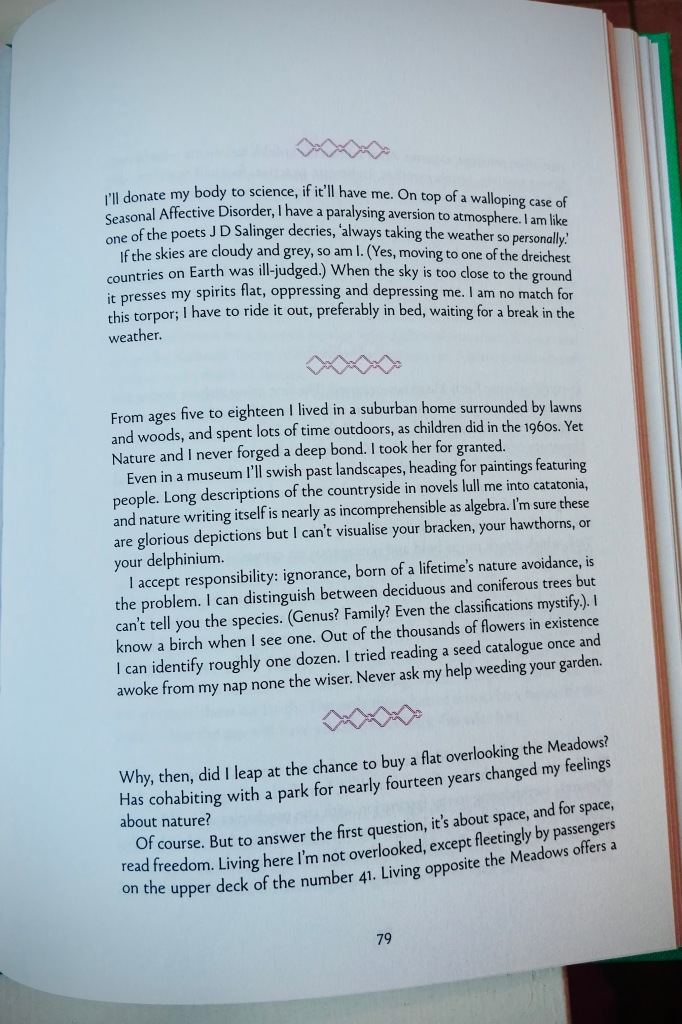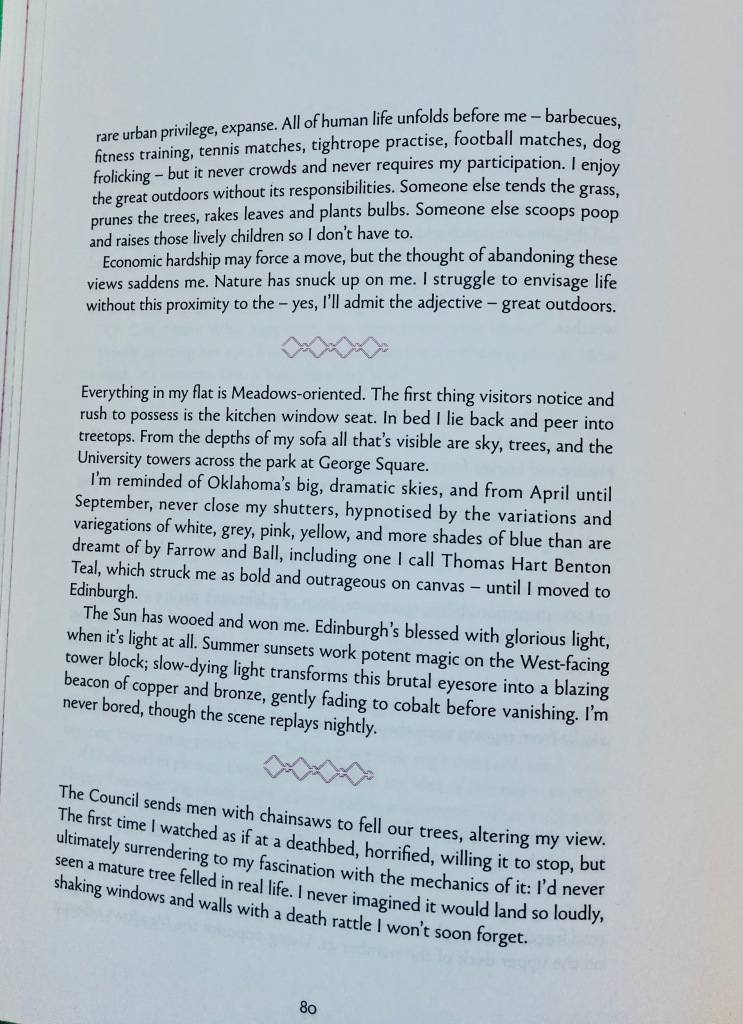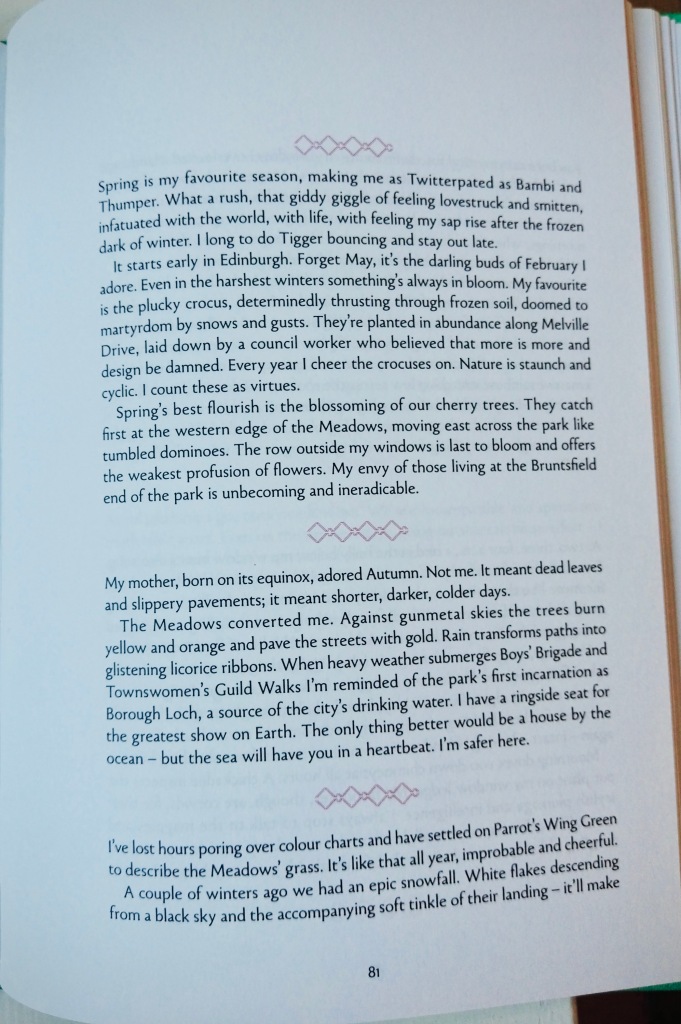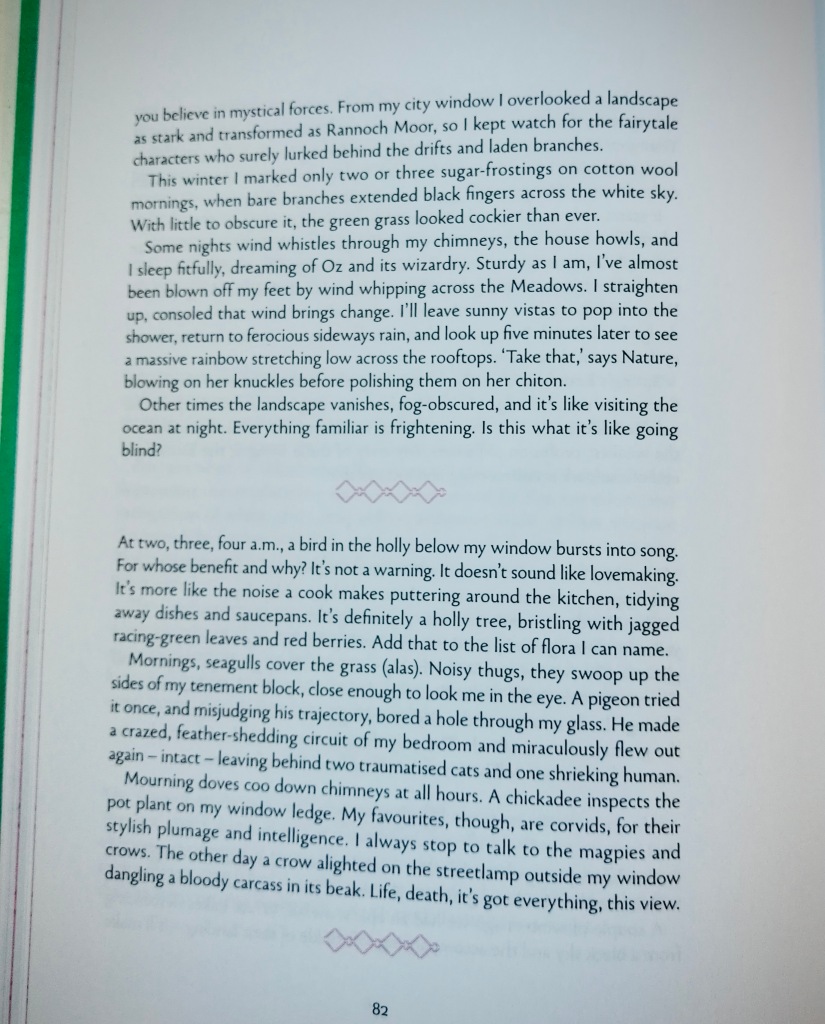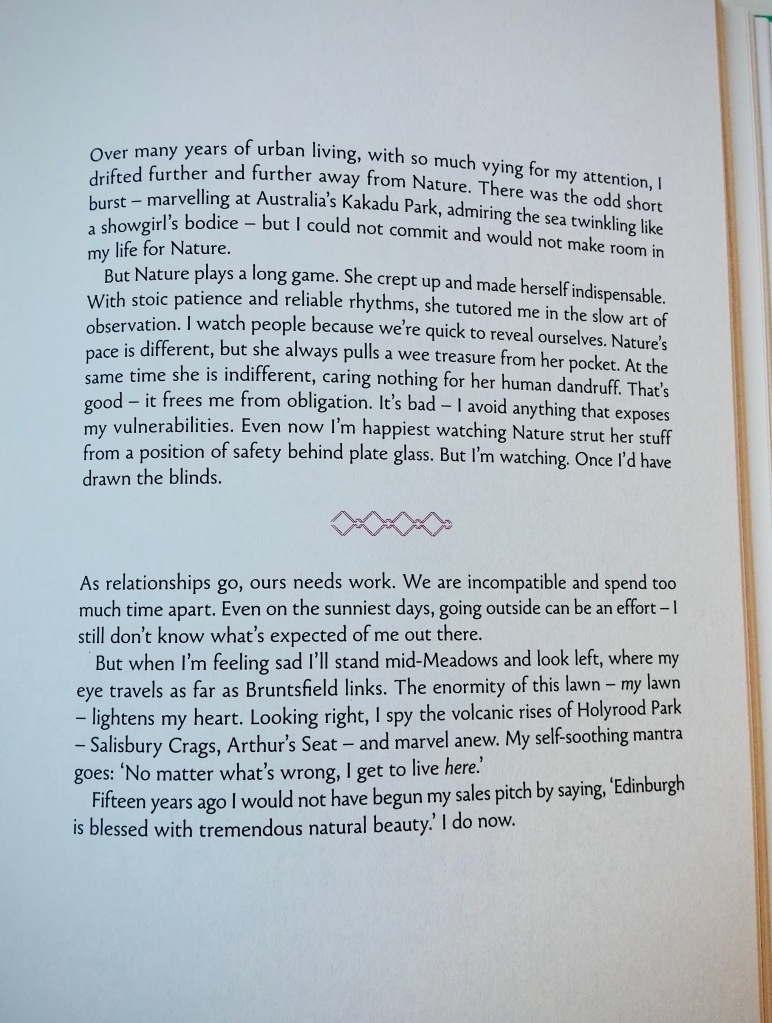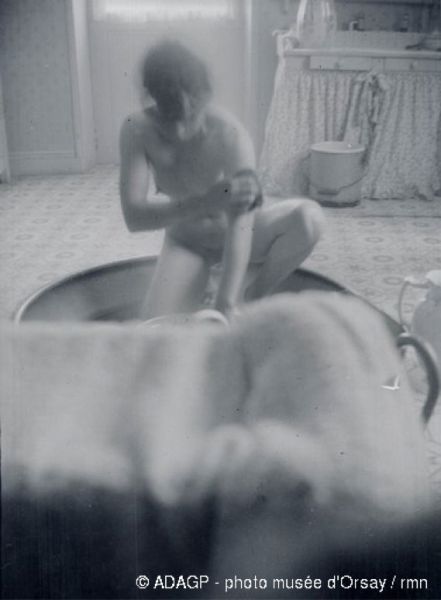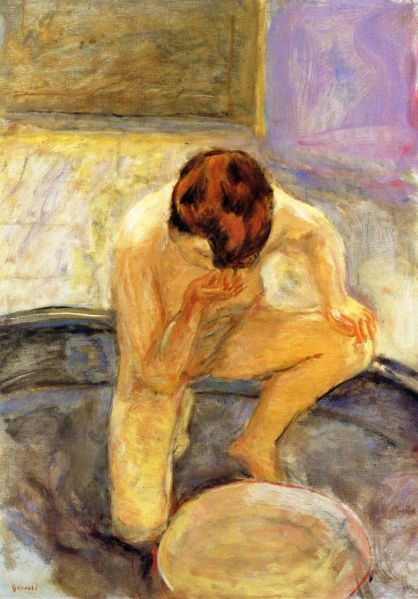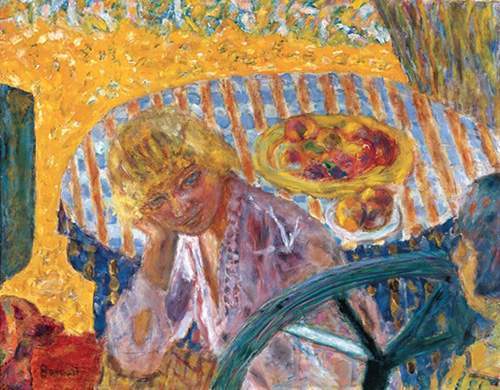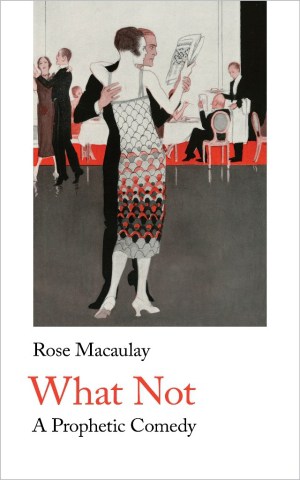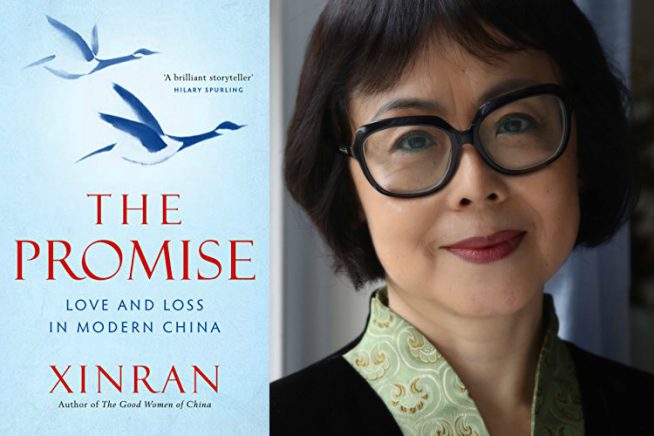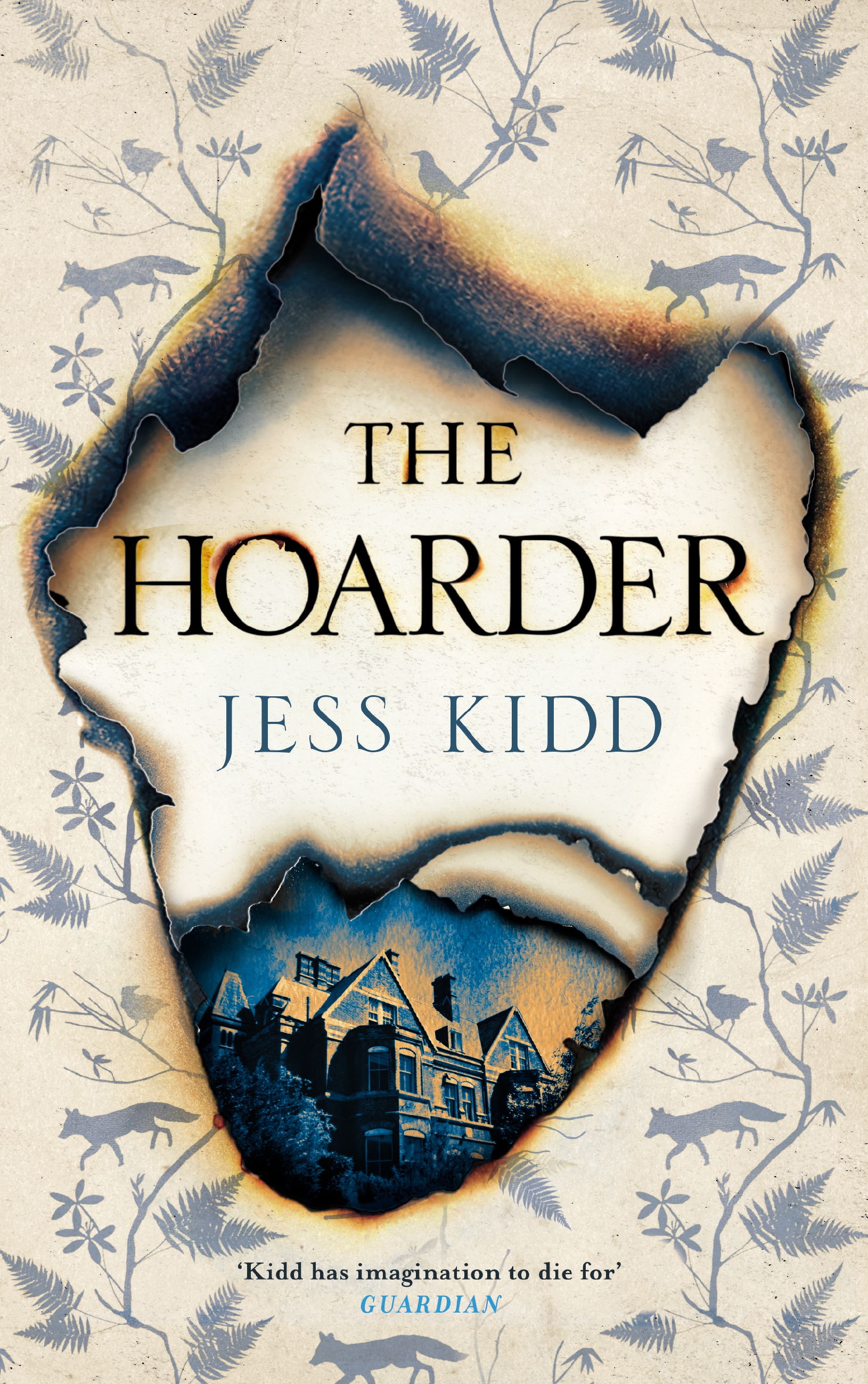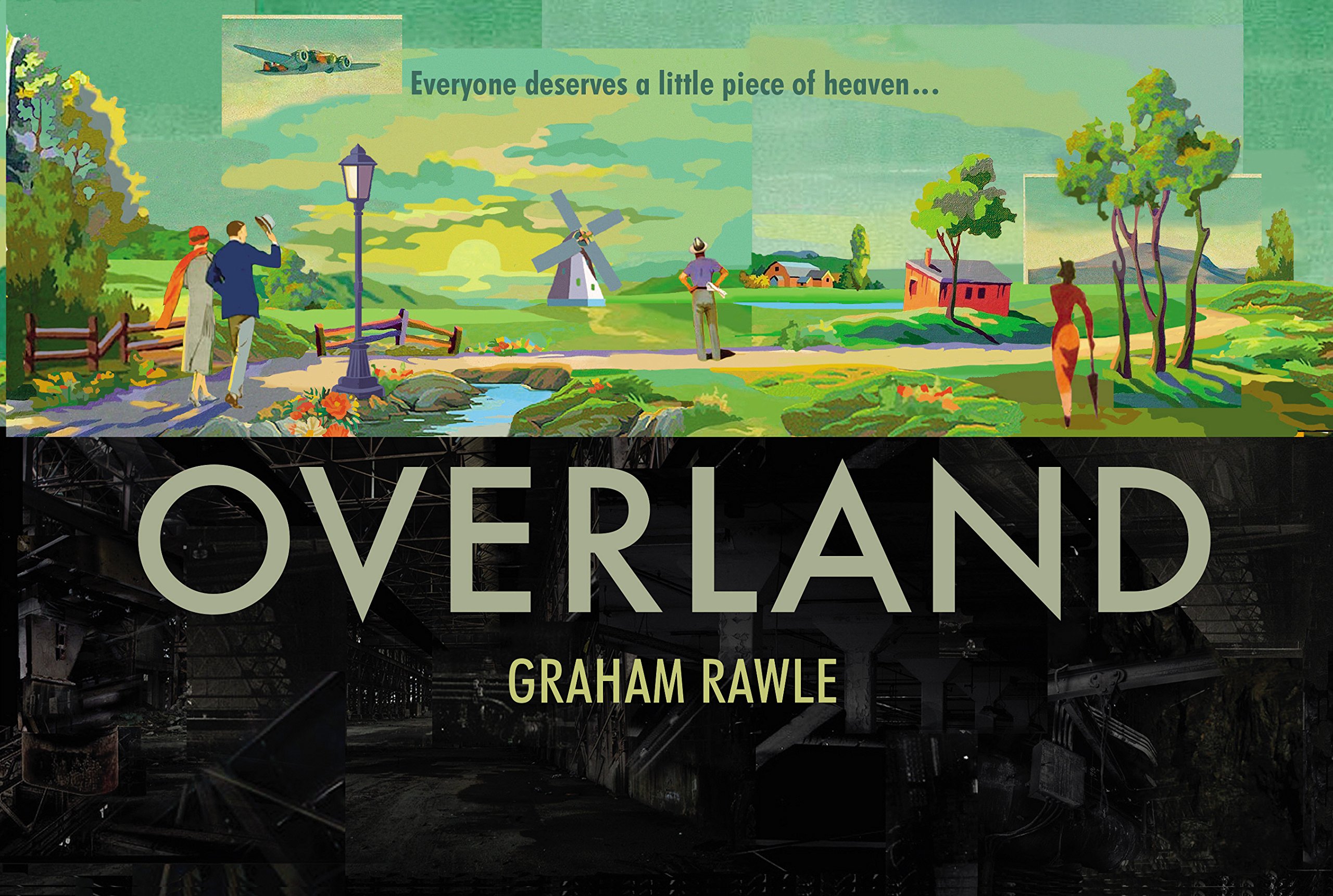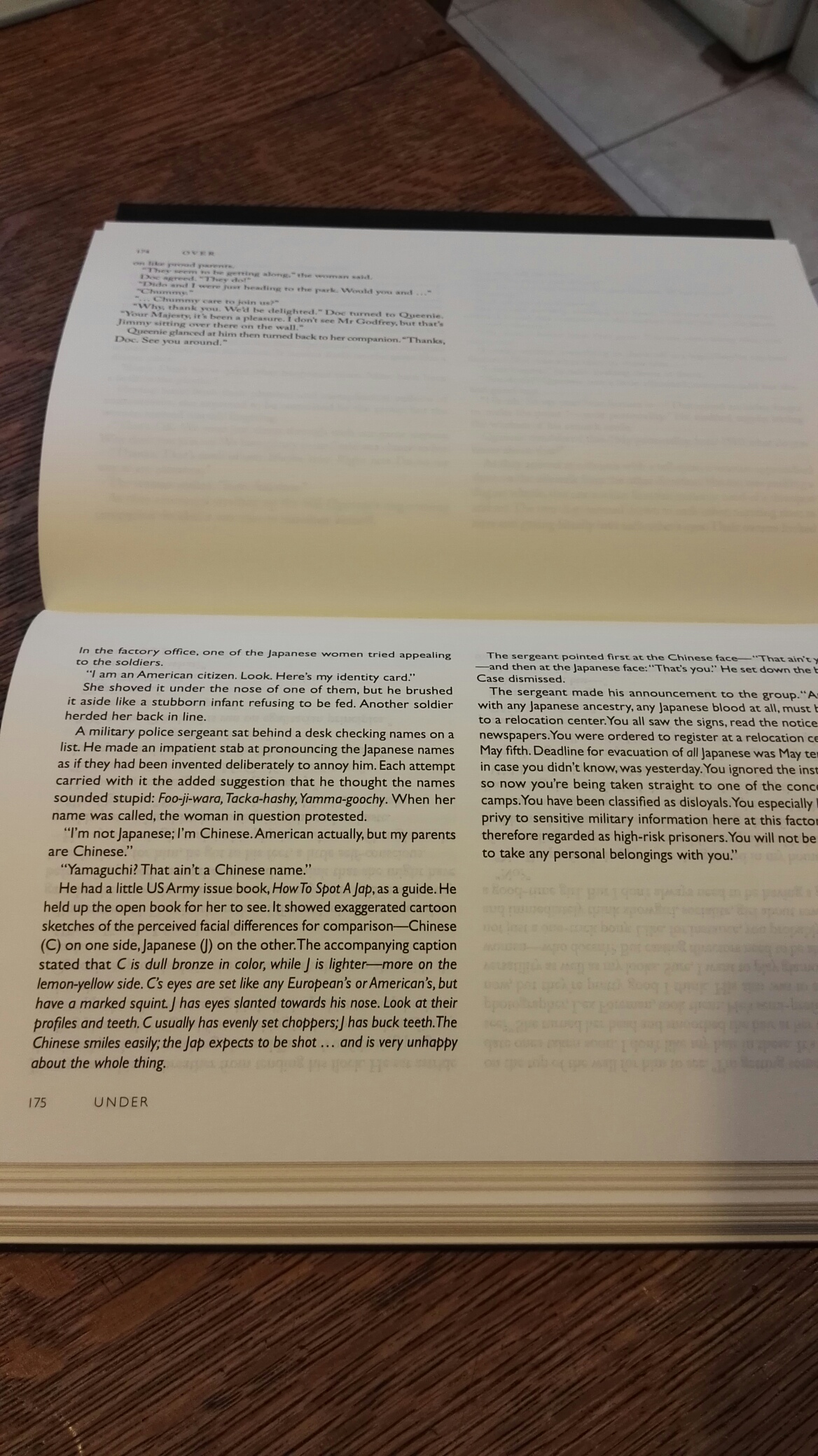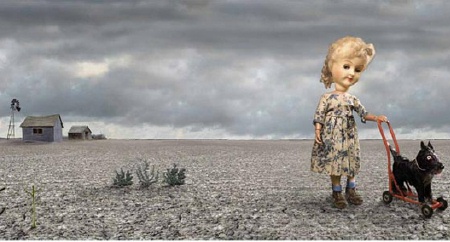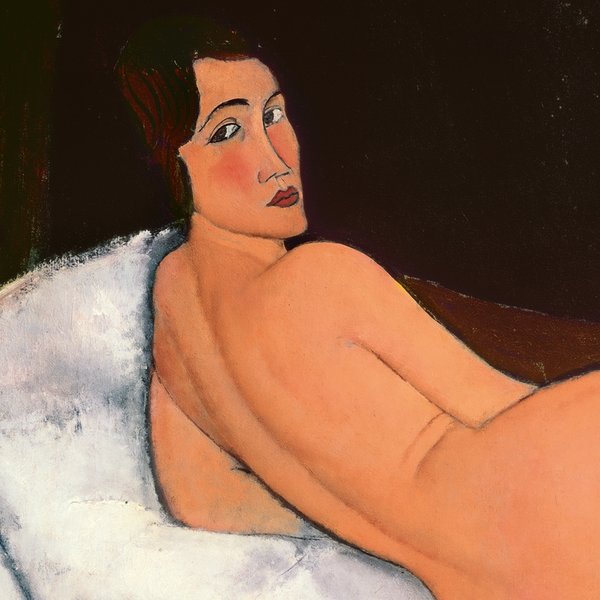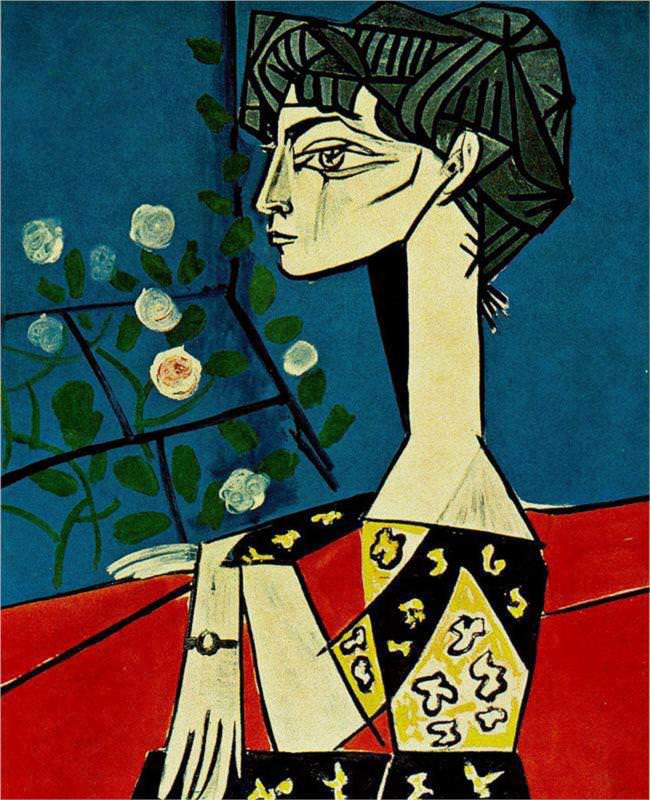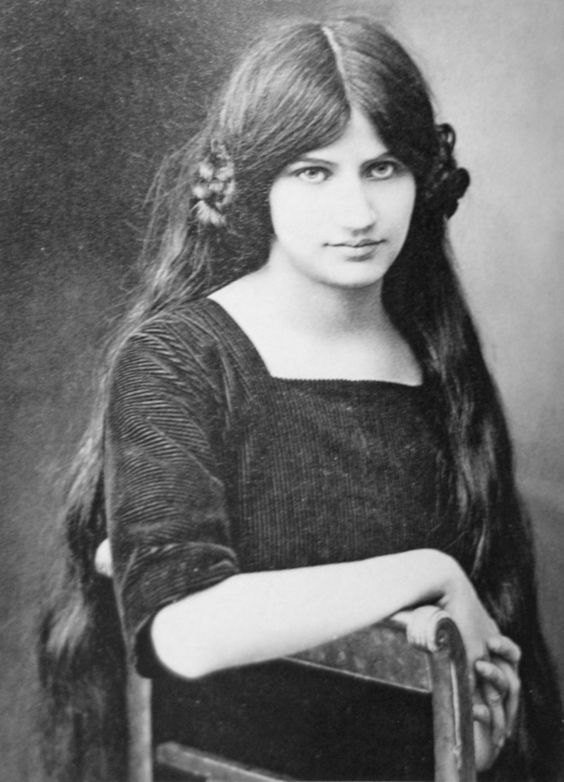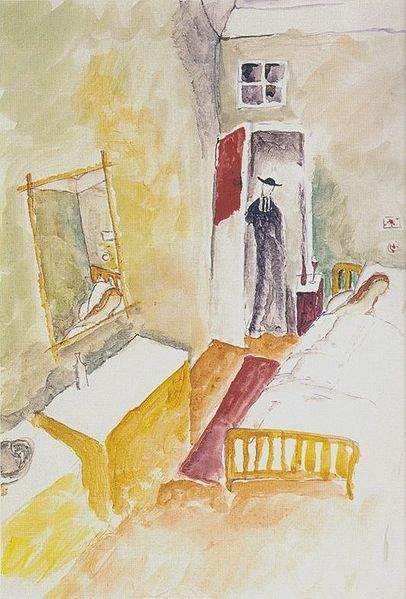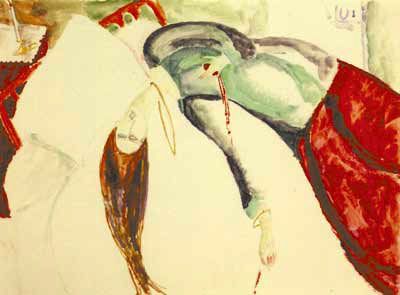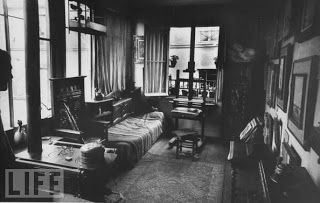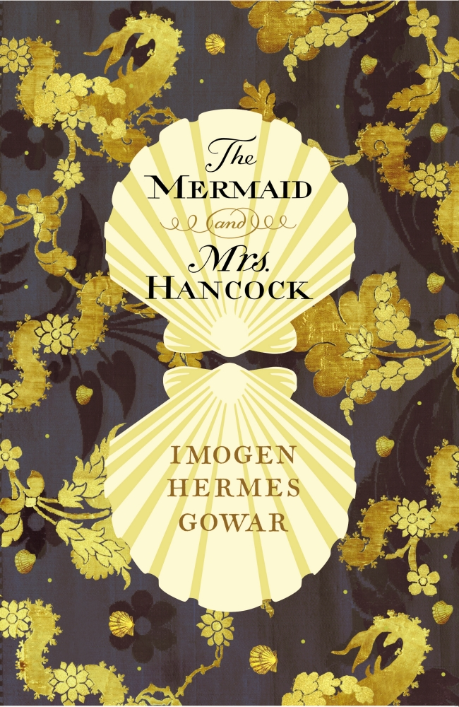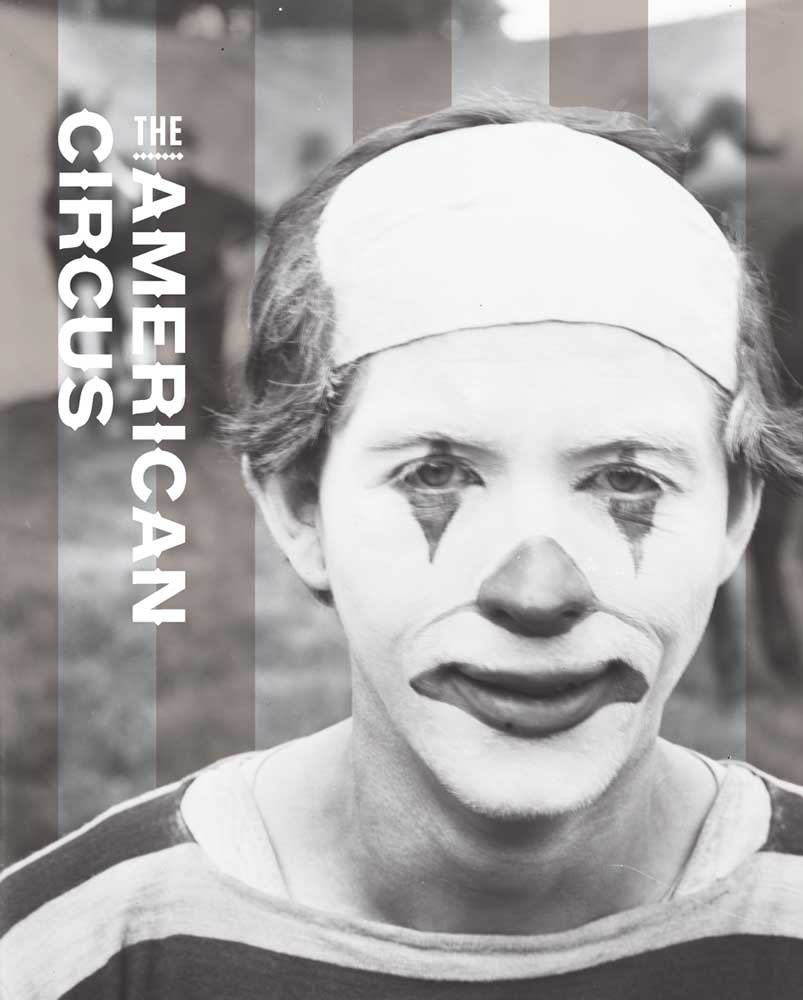
Greetings,
The short version—no one needs the long version, least of all me—is that I have a beautiful, eccentric collection of books (photography, art, illustrated history, books about Hollywood, books about places, etc.) for sale. (See tag: Economic Reality.)
Below is a list and a brief description of condition, etc. I’m sure I’ve not adhered to the conventions beloved of antiquarians (anyway, they’re not antiques) and book dealers, but it’s a start. Assume DUST is another adjective applicable to the books! (When I say ‘shelving wear’ I mean the marks that you get from storing books beside one another.)
Willing to do small number of photos of selected titles if you ask nicely, or arrange a visit if you’re a dealer who’s interested. I’d like to sell the books as a job lot, though willing to consider other arrangements. BUYER MUST ORGANISE UPLIFT. The books are too heavy to post.
Primarily hardcover with paper jacket except where noted
FIRST EDITIONS US or UK:
Bruce Weber photographs
Borzoi, 1988, FIRST EDITION,
no paper jacket, signs of wear to binding commensurate with age but overall very good condition
The Audrey Hepburn Treasures, Pictures and Mementos from a Life, by Eileen Erwin and Jessica Diamond
S&S, 2006 FIRST EDITON, 192p, published without a jacket, so images printed onto boards
Scuffing and damage to upper corner by spine at back, and other lighter signs of wear; book was created with inserts kept in glassine envelopes, so the edge is slightly more compressed than it is at the spine side. Contents complete.
English Style, Slesin & Cliff
Clarkson Potter, FIRST EDITION, (US) 1984, 289p
Good condition, light signs of wear to jacket
Italian Style, Sabino & Tondini
Clarkson Potter, 300p, FIRST EDITON (US) 1985
Light signs of wear to jacket, small tear top of spine
Ballgowns, British Glamour since 1950, Stanfill and Cullen
V&A Publishing, 2012 first edition
Excellent condition, jacket showing v light signs of wear
Art Nouveau Furniture, Alastair Duncan
Clarkson Potter, 1982, FIRST American edition, 191p
Good condition throughout
Christie’s Arts and Crafts Style, Michael Jeffery
Pavillion Books, 2001, FIRST EDITION 192p
Good condition, light shadow along bottom of later pages
Hollywood Moments, Murray Garrett
Abrams, FIRST US edition, 2002, 176p EXCELLENT condition
The Encyclopaedia of Mammals, Edited by David W MacDonald
OUP, First edition 2006, 936 pages full colour throughout
Pristine interior, paper cover has tiny rip centre bottom front and small bending, plus light signs of wear.
Brilliant Effects, A Cultural History of Gem Stones & Jewellery, Marcia Pointon
Yale, 2009, possible first British Edition, 426p, press release included.
Jacket shows very light signs of wear, pristine interior (some discolouration to back end papers b/c of press release storage)
Paris, Edited by Gilles Plazy
Flammarion, 2003, possible first edition, 480 pages
Slipcased (basic cardboard, no decoration), and spine of jacket shows discolouration and rip to top of paper, small crescent-shaped discolouration on cover where thumb indent of case would leave it exposed, interior is pristine.
The International Book of Lofts, Elesin, Clife, Rozensztroch
Clarkson Potter, first US edition, 1986, 248 pages
Paper cover showing light signs of wear, interior pristine
Ancestors in the Attic boxed set: My Great-Grandmother’s Book of Ferns / My Aunt’s Book of Silent Actors, Michael Holyroyd
Pimpernel Press Ltd, 1st UK edition, 2017
Pristine condition
Modern Painters: Writers on Artists, forward AS Byatt
Dorling Kindersley, FIRST EDITION 2001, 352p
Good condition throughout
Biopic, Iggy Pop, by Gavin Evan
Canongate, FIRST edition, 2003, Excellent condition, black and white photography throughout, almost zero text.
Claudette Colbert, An Illustrated Biography, Laurence J Quirk
Crown Publishers, 1985 FIRST EDITION, 212 pp
Excellent condition
Making Marks, Sue Timney
Pointed Leaf Press, 176p, FIRST edition, 2010, die cut hard cover with images (ie: no paper cover) Excellent condition
Edinburgh, Mark Denton, intro Magnus Linklater
Frances Lincoln Ltd, 2009, First Edition, 192 p full colour throughout, rectangular format
Excellent condition, jacket shows light signs of wear around edges
Picasso and his CollectionArt Exhibitions Australia, paperback with flaps, 312 p, over 250 illustrations; 2008 first edition
Excellent condition
Hats: An Anthology, Stephen Jones, Oriole Cullen
V&A, 128 p, FIRST edition, 2009
paper jacket has small tear at top of spine, small signs of shelving wear, otherwise excellent condition
A Life Drawing, Recollections of an Illustrator, Shirley Hughes
The Bodley Head, FIRST edition, 2002, 209 p,
Some mysterious reside on lower quadrant of paper jacket spine, otherwise excellent condition
British Design from 1948: Innovation in the Modern Age, Christopher Breward & Ghislane Wood
V&A, 2012, FIRST edition, 400p
Jacket shows light signs of wear around tops of flap, excellent
The Rose, Jennifer Potter
Atlantic Books, 521 p, 2010 FIRST Edition
Excellent condition
Charleston, A Bloomsbury House and Garden, Bell and Nicholson
Henry Holt, 1997 FIRST US EDITION, 152 p
Good interior condition, jacket showing small signs of wear
LIMITED OR SPECIAL EDITION
Pendulum, Portraits by Debra Hurford Brown
signed “With Love”, privately published, no jacket, oversized
Pristine condition
Lee Black Childers, Drag Queens, Rent Boys, Pick Pockets, Junkies, Rockstars and Punks
The Vinyl Factory, FIRST EDITION LIMITED TO 1000 COPIES WORLDWIDE
2012, 124p
Hardcover, printed with text and images, ie: NO paper jacket; in good condition
OTHER
The Scots, A Photo History, Murray MacKinnon, Richard Oram
Thames & Hudson, 224p, 2003
Excellent condition
Wilfred Thesiger in Africa, Edited by Christopher Morton and Philip Grover
Harper Press with the Pitt Rivers Museum, 280p, 2010
Excellent condition inside and out.
Period Details Sourcebook, Judith Miller
Mitchell Beazeley, 1999, 192 pp
Excellent condition, back of paper jacket shows minor signs of wear
The Art of the Tile, Jen Renze
Thames and Hudson, 320p, 2009
Jacket has small rip/bend lower right hand corner; small signs of wear on back; condition excellent otherwise
Rare Bird of Fashion, (Iris Apfel) Eric Bowman
Thames & Hudson, 2007, 159 pp
Excellent condition, jacket showing only light signs of wear from shelving
Embroidered Textiles, Sheila Paine
Thames & Hudson, 240p, 2008 (new edition of book f/1990); 508 illustrations, 362 in colour
Excellent condition throughout
Marilyn by Magnum, essay by Gerry Badger
Prestel, 2012 / pristine condition; short essay, mainly glorious photos
A Passion for Art, Art Collectors and their Homes, Gludowacz, VanHagen, Chancel, foreword Pierre Bergé
Thames & Hudson, 2005, 238p 208 illustrations in colour
Excellent condition throughout
David Bailey Locations, 1970s Archive, designed by Martin Harrison
Thames & Hudson, 2003 293 photographs 59 in colour, 260 pp, oversized trim size
Excellent condition, jacket shows light signs of wear from shelving
Matthew Roylston, BeautyLight
teNeues, 2008, oversized trim size, EXCELLENT condition
Elephant! Steve Bloom
Thames & Hudson, 100+ colour photos, 224 pp, oversized trim size, 2006
Excellent condition
Celebrity: photos of Terry O’Neill, intro by AA Gill
Little Brown, 2003, 192p EXCELLENT condition
Manolo Blahnick Drawings
Thames & Hudson, paperback with flaps; 134 illustration, 205 in colour, 2003
Excellent condition
Manolo Blahnick, Colin McDowell
Casell & Co, 199p, 2000
paper jacket shows signs of wear across top/bottom and doesn’t fold 100% beautifully around front, interior in excellent condition
Blahnik by Boman A Photographic Conversation, intro Paloma Picasso
Thames & Hudson, 2005, oversized trim size, full colour throughout
Excellent condition, minor signs of wear to back jacket, from shelving
In the Arts and Crafts Style, Barbara Mayer
Aurum, 2006 (UK edition of book published 1993 in US by Chronicle), 224 pages
Excellent condition
Quilting, Patchwork and Appliqué, Crabtree & Shaw
Thames & Hudson, 2007, 192p, 520 illustrations 504 in colour
Excellent condition
Duffy…Photographer
ACC editions, 2011, 208 pp
Good condition though spine feels slightly wonky, as if it was shelved badly at some point. Otherwise excellent throughout interior and jacket in good condition.
The Frampton Flora, The Secrets of Frampton Court Gardens Richard Mabey
Quercus, oversized trim, 208p, 2007 edition of earlier book (1985)
Excellent condition throughout
Tiaras Past and Present, Geoffrey Munn
V&A, small trim size, 128p, 2002
light signs of wear to jacket, excellent interior condition
Art Deco Fashion, Suzanne Lussier
V&A, small trim size, 2003, 96p EXCELLENT condition
Essential Art Deco, Ghislaine Wood
V&A, small trim size, 2003, 96p
light signs of wear to jacket, excellent otherwise
London Minimum, Herbert Ypma
Thames & Hudson, paperback with flaps, small trim size160p, 166 colour illustrations, 2010 edition of book originally published in 1980s
slight crease to front flap, otherwise pristine condition
Morocco Modern, World Design Series, Herbert Ypma
Thames & Hudson, paperback with flaps, 160p, 171 colour illustrations
Excellent condition throughout
The American Circus, Edited Webber, Ames, Wittman [pictured above]
Bard Graduate Center for Decorative Arts etc.
Hardcover but published w/out paper jacket; 2012, 460 pages; exquisite book
Fred Astaire, Roy Pickard
Crescent Books, NY, 1985
Light damage to paper jacket, small tear upper left front, shelving wear, minor discolouration; COVER BENEATH that has been printed with the image, as well, so can be displayed without paper jacket; interior in good condition
Punk, Colegrave & Sullivan
Cassell, 2001, 400pp, oversized, weighs a ton
Bottom corners of book/jacket mildly bashed, small rip to back of jacket, otherwise in good condition throughout
David Lean, An Intimate Portrait, Sandra Lean & Barry Chattington
Andre Deutsch, 2001, 240p EXCELLENT condition
A Different Country, photographs of Werner Kissling, text Michael Russell
Birlinn/Polygon, 2002, 144 p
Excellent condition
Educating the Eye, Dutch Paintings of the Golden Age, Christopher Lloyd
Royal Collection Publications, pb with flaps, 196p small trim size, 2004
Good condition
A Life in Photography: Steichen
Bonanza Books (US), 254p, 1984 Edition of book originally published by Doubleday
Excellent condition, no tears, small signs of shelving wear
Chanel, Key Collections, Melissa Richards
Hamlyn, 2000, 176p,
Good condition, pages showing faint discolouration around edges, paper jacket signs of wear, one mark and a small tear near lower left front
Art Deco Textiles, Charlotte Samuels
V&A, 2003, 144p, GOOD condition throughout
20th Century Pattern Design, Lesley Jackson
Mitchell Beazeley, 2001, 224p;
GOOD condition overall: upper right hand back corner mildly bent both book and paper jacket, tiny damage to lower left of front jacket
Dress in 18th C Europe, Aileen Ribeiro
Yale, 2002 (revised edition), 318 p
Good condition, light bashing to upper righthand corner
Elizabeth Taylor: My Love Affair with Jewelry
Thames & Hudson, 2002; 280 illustrations, 185 in colour, 240p
Good condition, minor damage to top of paper jacket at spine
Dante Gabriel Rossetti, Treuherz, Prettejohn, Becker
Thames & Hudson, 2003 [accompanied exhibition]
250p 190 illustrations, 140 in colour Good to excellent condition
Klimt’s Women, edited Natter and Frodl
Dumont Publisher, 2000 [accompanied exhibition], 256 p
Excellent interior, jacket showing signs of shelf wear and some creasing
Mary Queen of Scots, Susan Watkins
Thames & Hudson, 2001, 224p; EXCELLENT interior, jacket in good shape
Madame de Pompadour, Images of a Mistress, Colin Jones
National Gallery London (accompanied exhibition), 2002, 176 p
Good Condition
